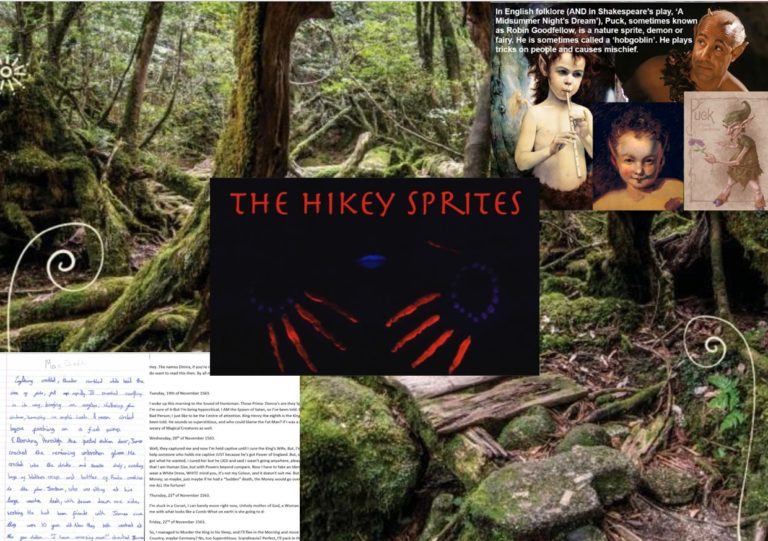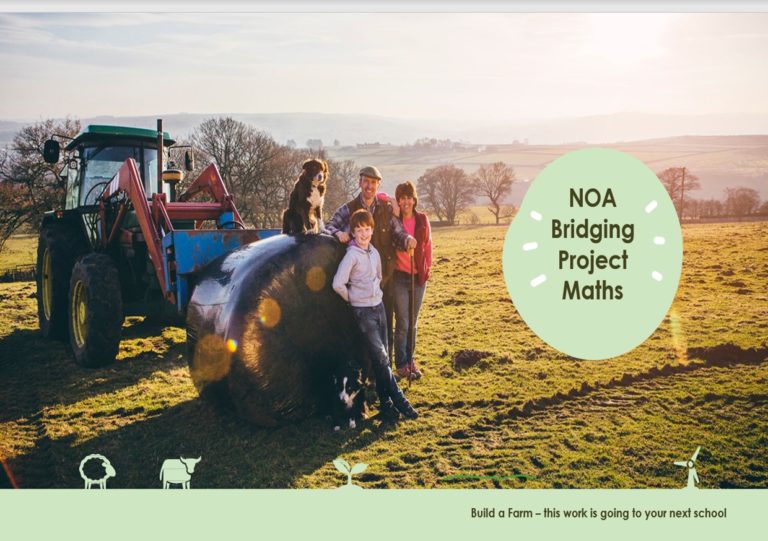Following engagement with meetings facilitated by the Norwich Area Opportunity Team, a brilliant group of interested and passionate teachers from various primary and secondary schools in the area got together to create some bridging resources to be used to support the academic transition for our pupils. We focused on the English curriculum in the first instance, as this was an area of interest for all of us. Later, we would begin to look at a Maths bridging project and began work on a Science plan.
Our Approach
#374 Creating a Curriculum Bridging Project to Support Transition
Hannah Boag, Assistant Headteacher for Teaching and Learning, City Academy Norwich
What did we do?
Right now, transition is bound to be harder for all students; they have experienced unprecedented turbulence already. We have a moral imperative to improve the conversation between our two educational sectors to support our young people to move forward with purpose and confidence. Transition is not an event – it is a journey. And it is by working together that we can best support students to make the jump successfully.
Hannah Boag, Assistant Headteacher for Teaching and Learning, City Academy Norwich
Summary of impact
Interestingly, although our project was based around curriculum, many other objectives were also fulfilled. Students at our school were excited to hear that we had been working with their year 6 teachers and felt secure in the knowledge that we had a connection with these members of staff. This enabled us to build relationships quicker and more effectively with our new cohort. Primary colleagues were able to share the expertise and knowledge around individual children both academically and socially. We all benefited from the professional development that we gained from a much better understanding of the requirements of SATs and GCSEs. From the perspective of the curriculum, bridging from KS2 to KS3 and developing a continuity and development which represents best practice in development of curriculum intent and purpose (M Myatt 2018). Ultimately, the ongoing conversation between us allowed us to all to maximize the benefit of the specific concerns, knowledge and understanding of both Primary and Secondary teachers and enabled us to provide the students with a smoother transition.
Steps taken
We have been fortunate to have benefited from the Norwich Opportunity Area (NOA), with transition being one of the supported areas. As part of the NOA Transition group’s wider aims and activities, we were encouraged and enabled to set up a series of visits – local primary school teachers visited the secondary schools and vice versa. Much was learnt from the visits, but the most important element of these events was the conversation that emerged organically between colleagues.
The NOA transition team further facilitated the conversation – which had by then taken on a life of its own – by booking a conference event where we could all get together. Occurring just before the closures, we were able to have unstructured, creative, unplanned talk, which would have been impossible in a Zoom meeting. There was a fluidity to the process which enabled true collaboration to take place. We discussed the key issues that had arisen from the visits: the lack of curriculum continuity in English; the lack of resources and CPD for primary colleagues in Science; the different behavioural expectations; the challenges for students to move around the Academy rather than having one teacher and one classroom; and the difference in approaches to SEND.
We wanted our project to span both year 6 and year 7. Both schemes ran for two weeks and had as an outcome a ‘best’ piece of creative writing. Our aims were to prepare year 6 students in the weeks after SATs with the English expectations at secondary school, and to enable our year 7 teachers to better understand the wealth of knowledge the children have, especially with regard to grammar, which has more status on the primary English curriculum than it does at secondary. We also wanted the secondary teachers to see what their students were truly capable of; there was a feeling that the children don’t always produce their best writing in the first weeks in year 7 (understandable, considering the summer learning loss and the challenges of transition), which leads to a lower baseline and therefore lower expectations over time. The hope was for primary colleagues to send the students’ stories to the secondary schools, so that their teachers had a baseline piece of work that was their absolute best.
As a group we met a few times all together, before branching off into our secondary team and primary team to plan the resources, and finally meeting again as a group at the end. We used a local legend as our starting point and developed an assessment mark scheme that combined elements from KS2 SATs English outcomes and the GCSE English language mark scheme. The resources are available to all local primary and secondary schools on the NOA website.
What would we do differently
While much has been learnt, there were, and still are, a number of barriers to a successful relationship across the sectors that supports students on their transition journey. Our Academy has a large number of feeder schools, and year 6 teachers and leaders move frequently to other year groups. It can be difficult to find the ‘right’ person to speak to in a primary school. The pressure of time and workload can mean that transition sits at the bottom of the to do list, despite being arguably one of the most meaningful and impactful work we can do as educators to support our students. There is a risk of primary schools feeling pressurised by secondary schools, or patronised, which is why it is important that all stakeholders co-create resources and collaborate.
This bridging project curriculum work could be easily applied to other schools:
• There needs to be a shared vision in both primary and secondary that a successful transition is important to all of our students – to our most disadvantaged students it is vital.
• The senior leadership must be on board and drive the process.
• It is important to locate the right person in the feeder schools to reach out to. Be aware that these people may change year on year so ensure there is a handover.
• Primary/secondary visits are a great way to start the conversation.
• It is important that there is true collaboration between colleagues – nobody should feel ‘done to’.
Cost
All project costs were funded by the Norwich Opportunity Area, including staff time for the creation of resources.
Contacts
City Academy Norwich, Bluebell Road
Norwich, Norfolk
NR4 7LP



